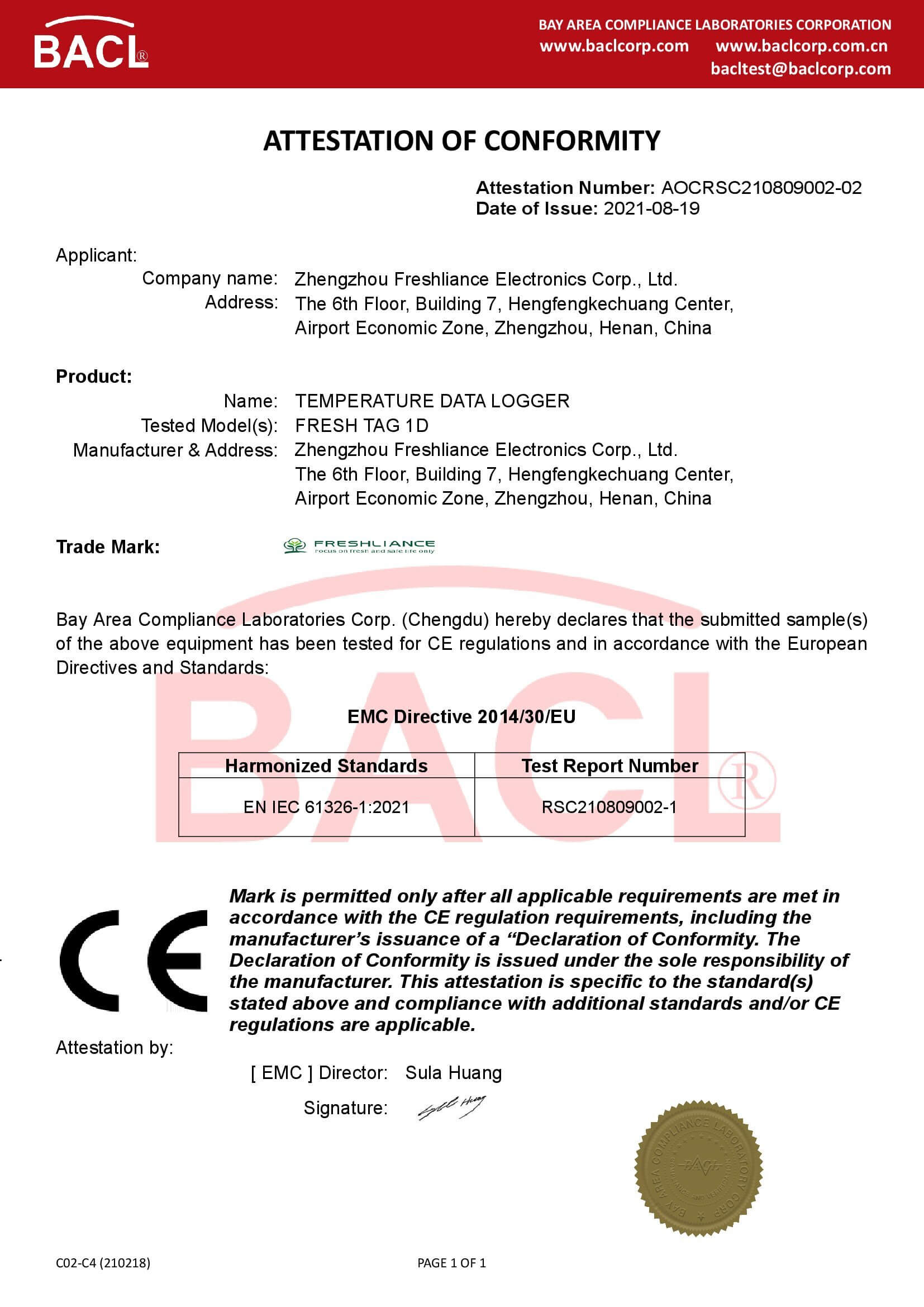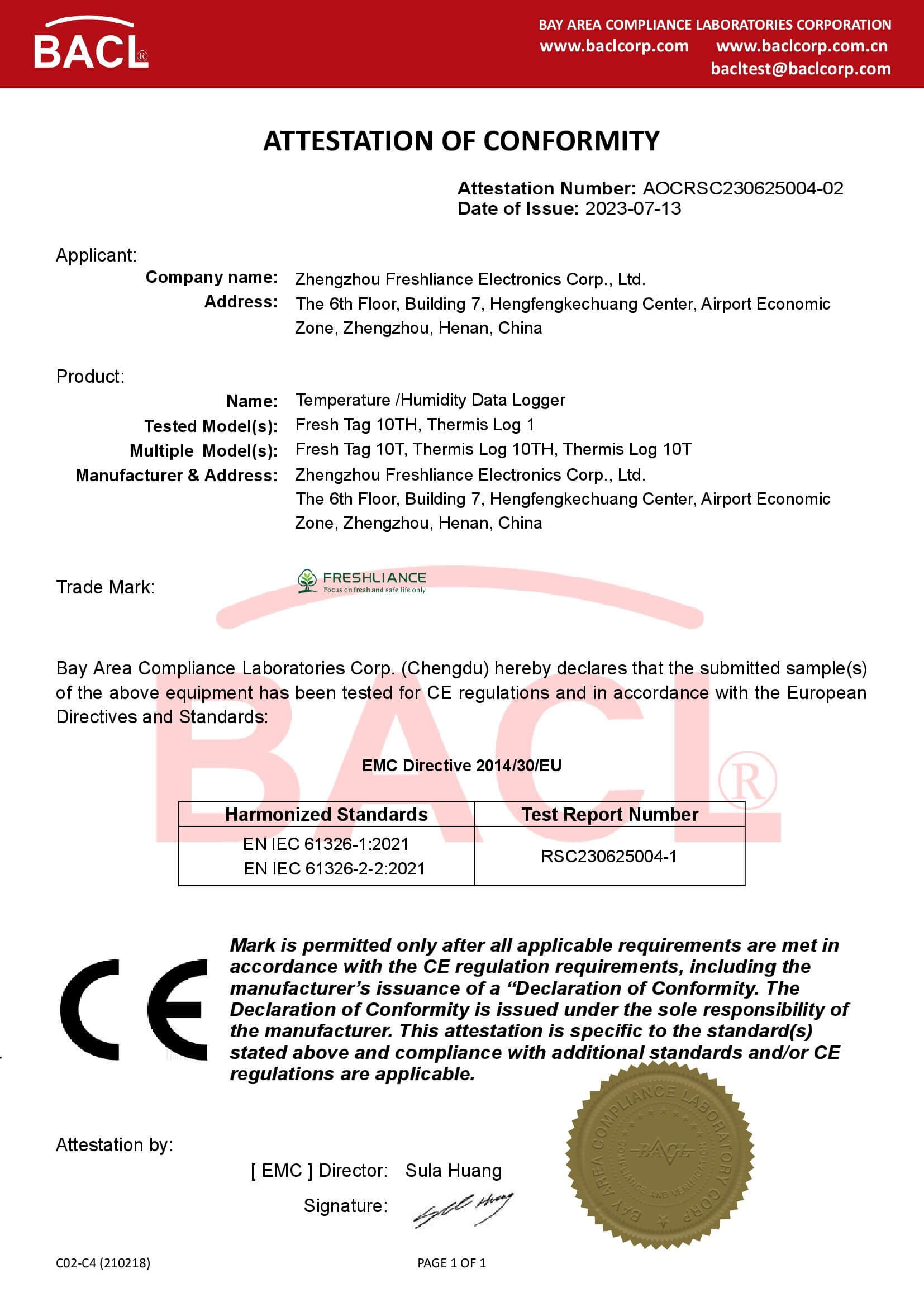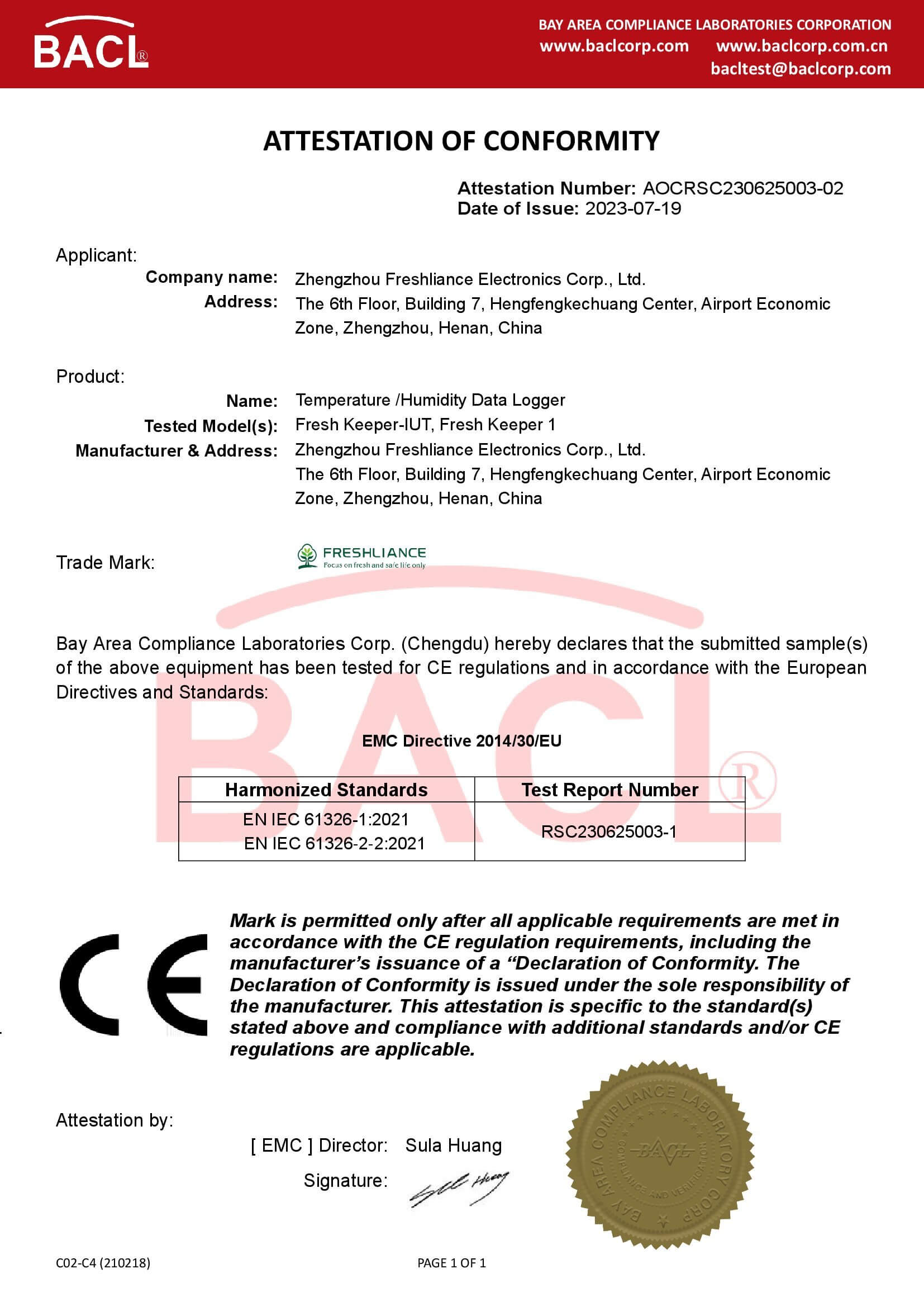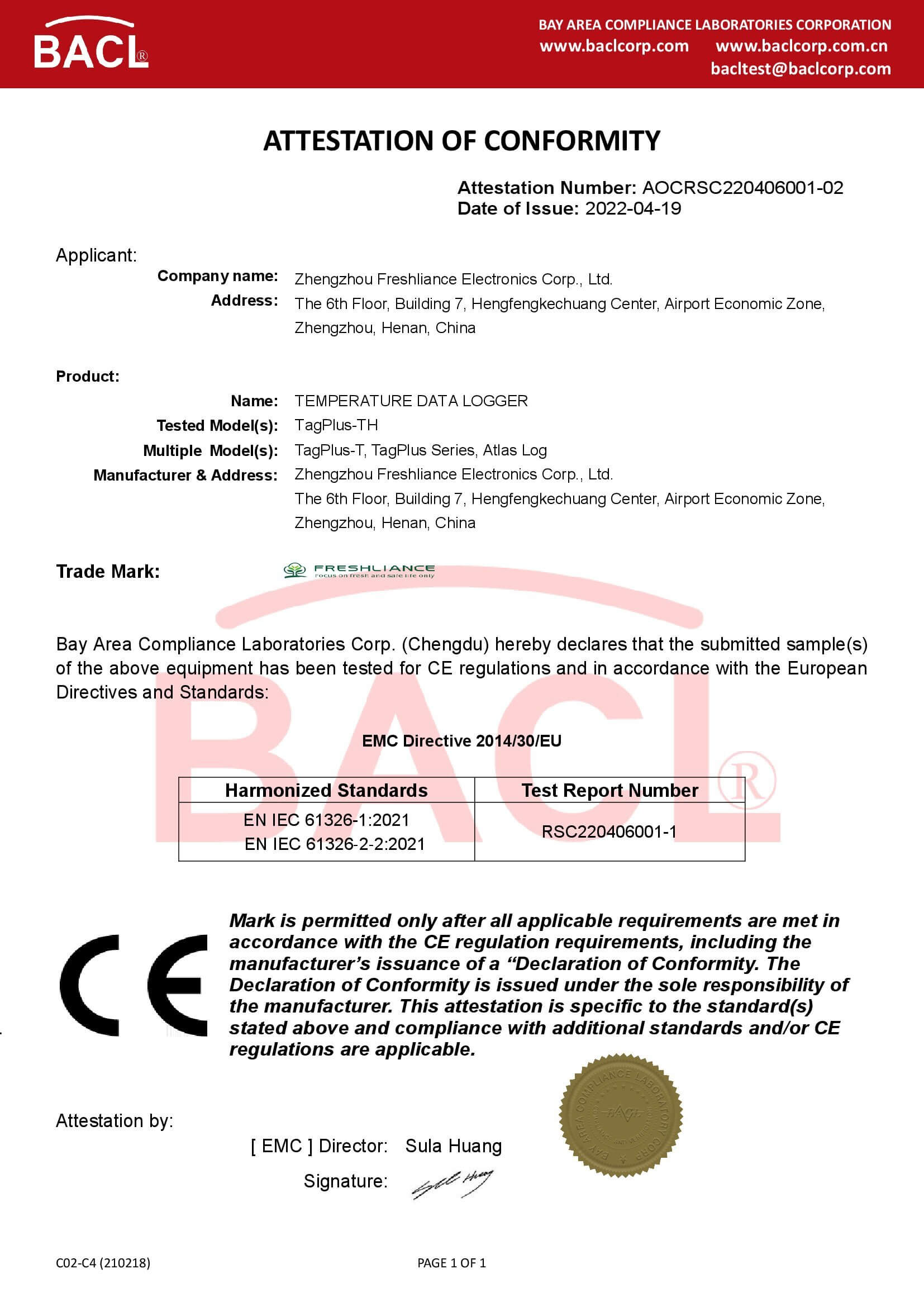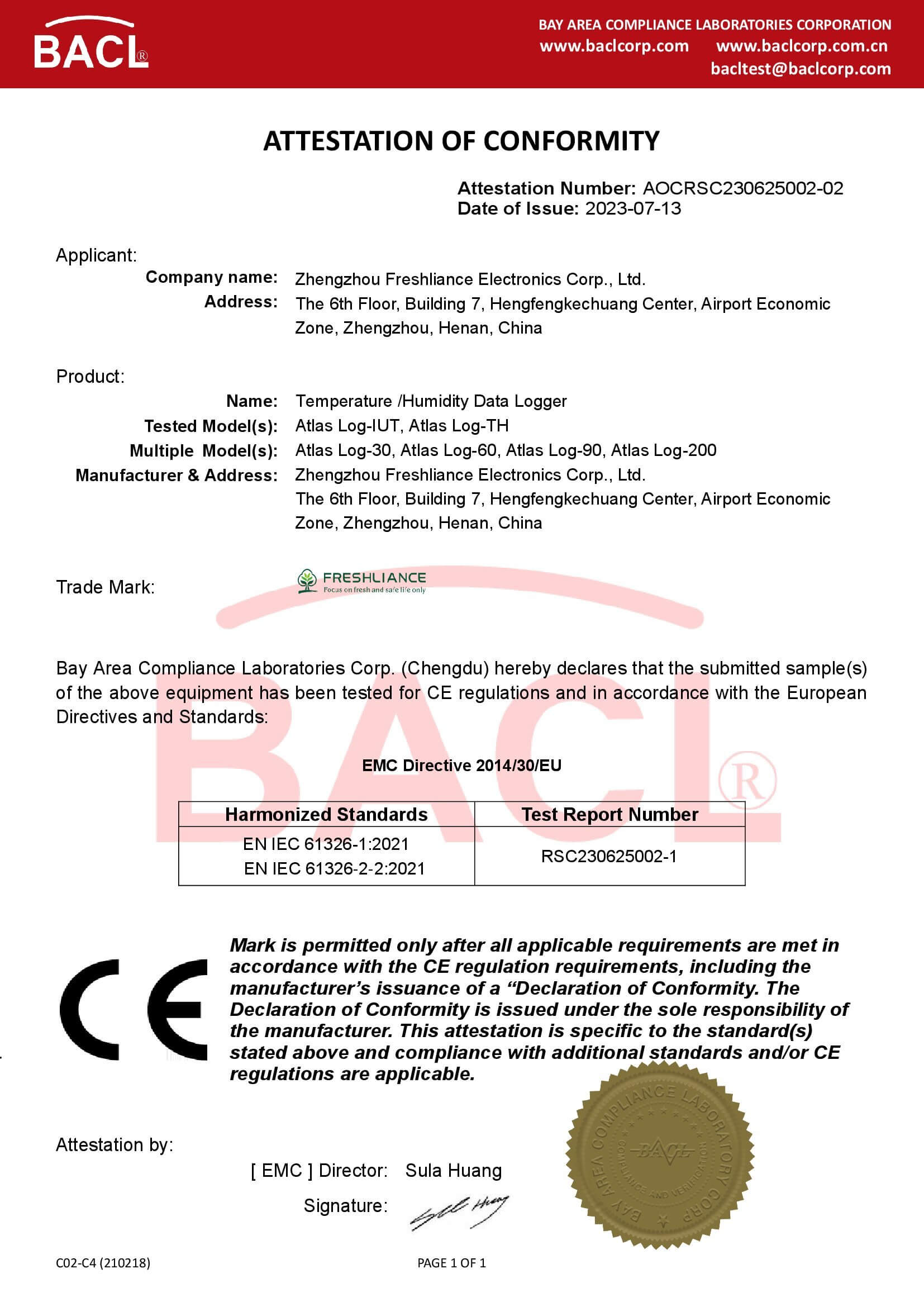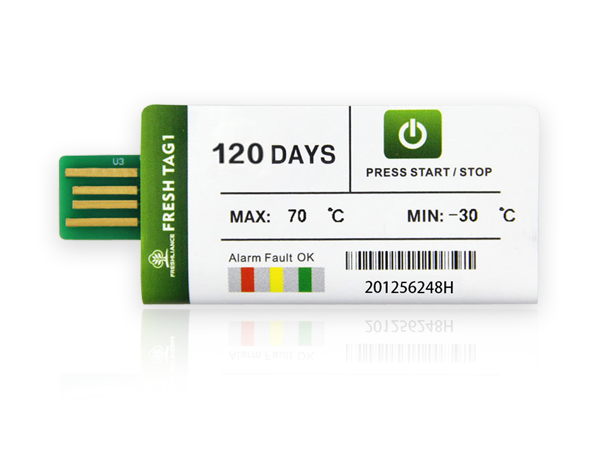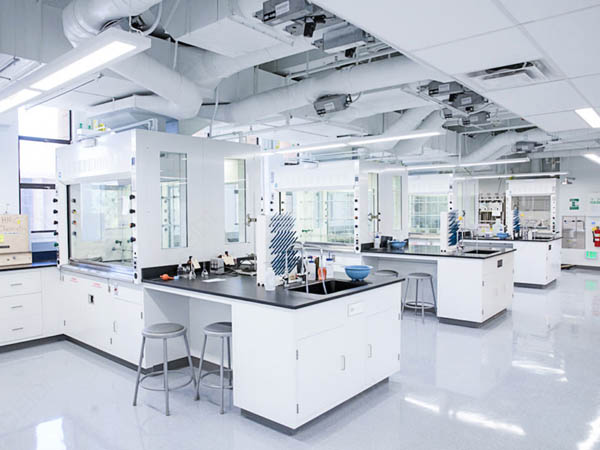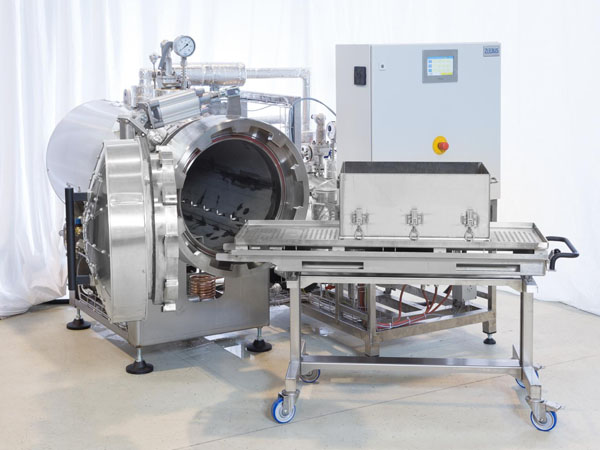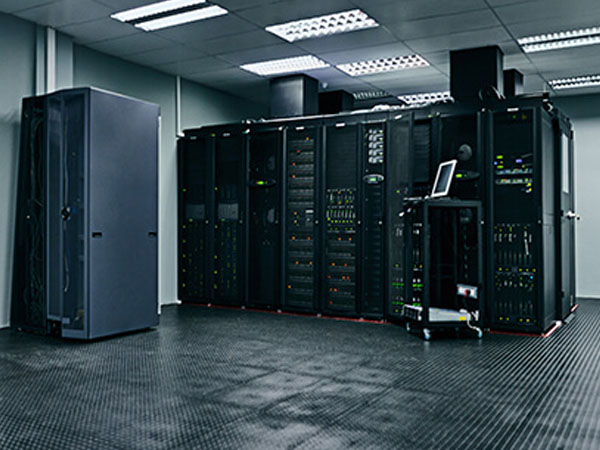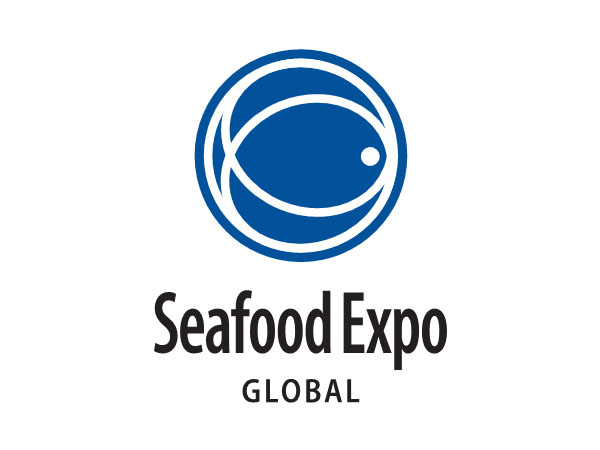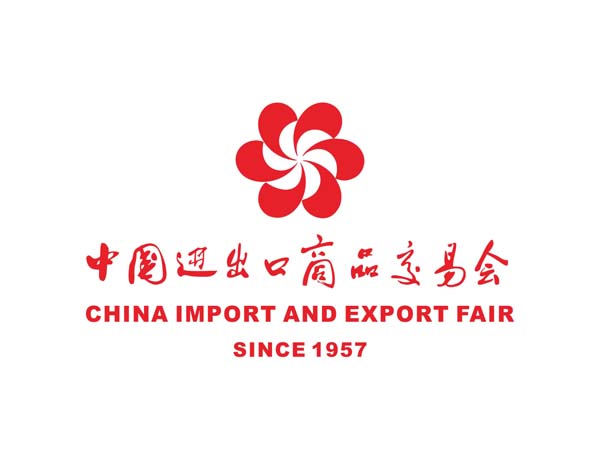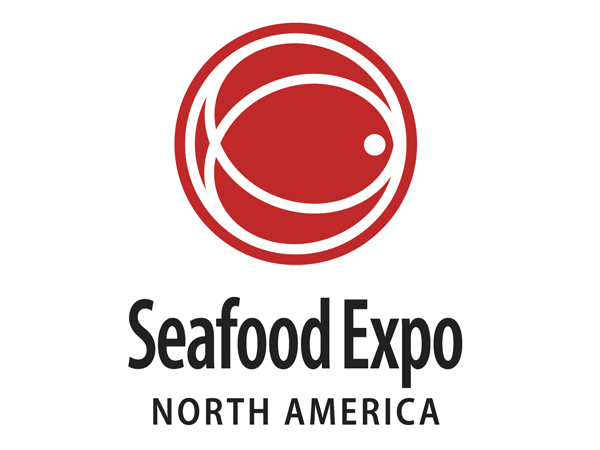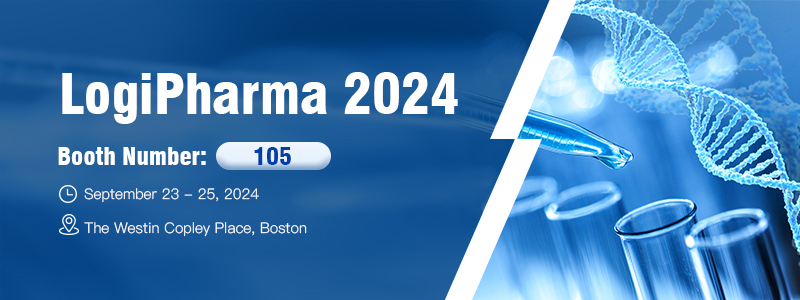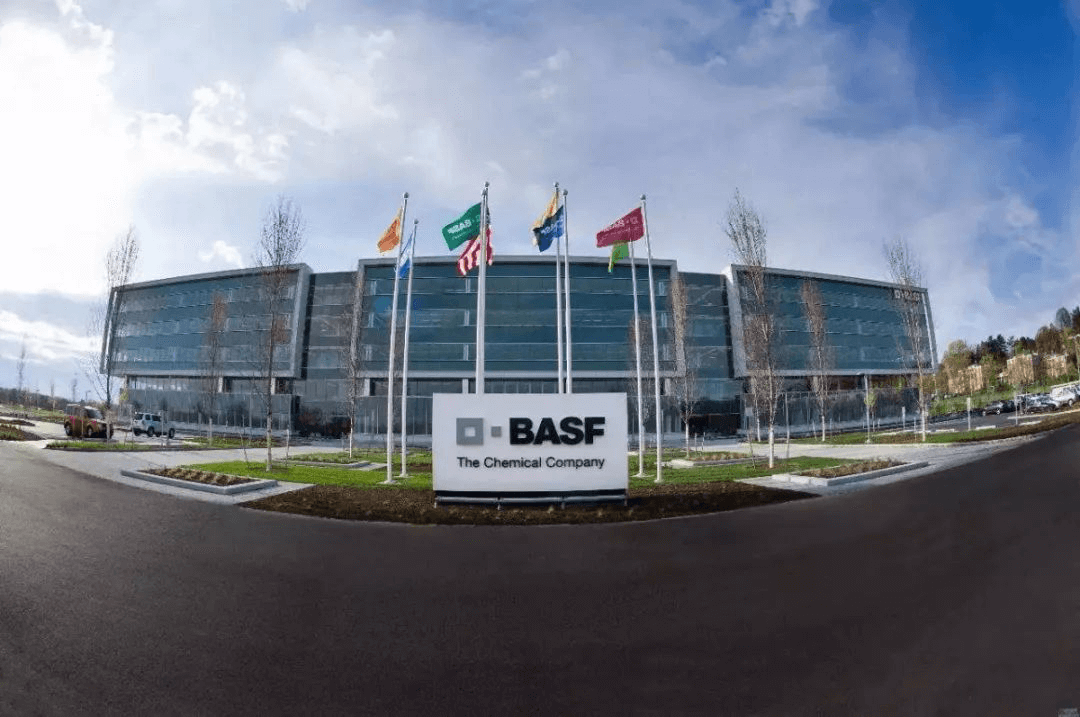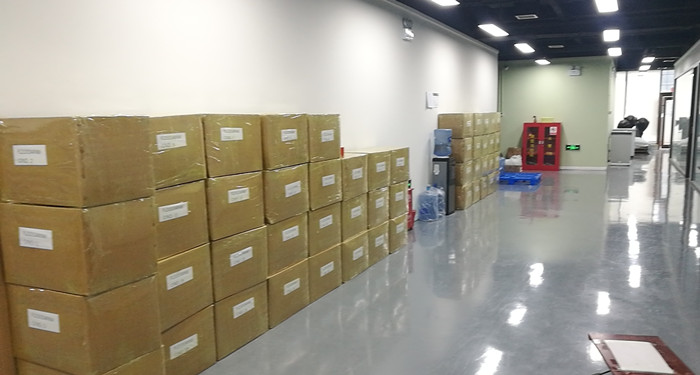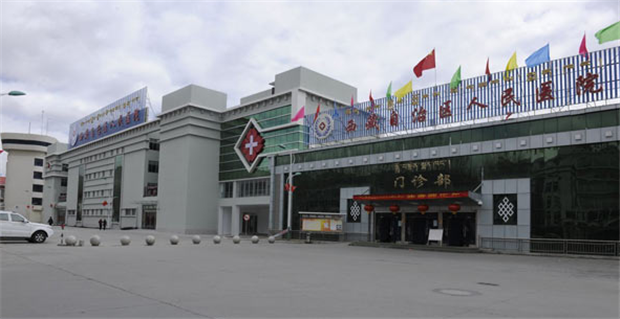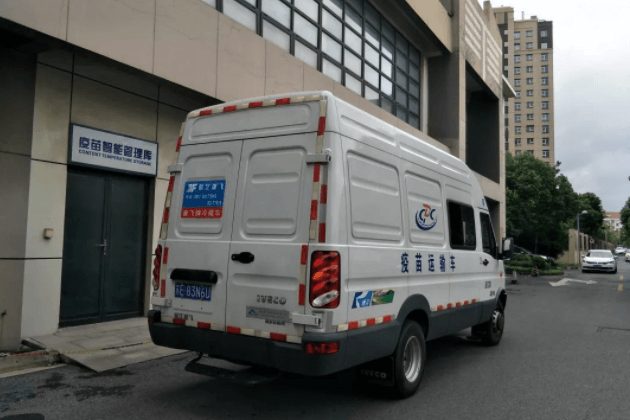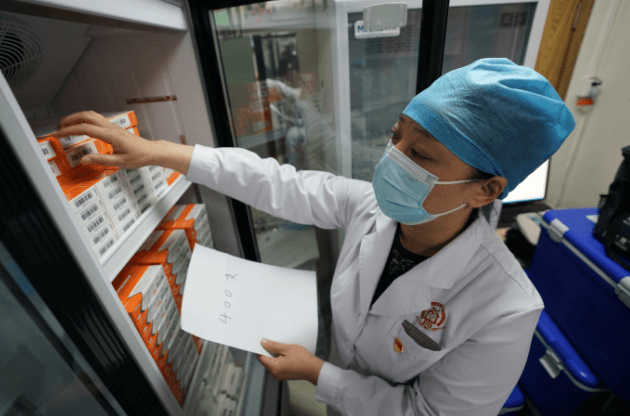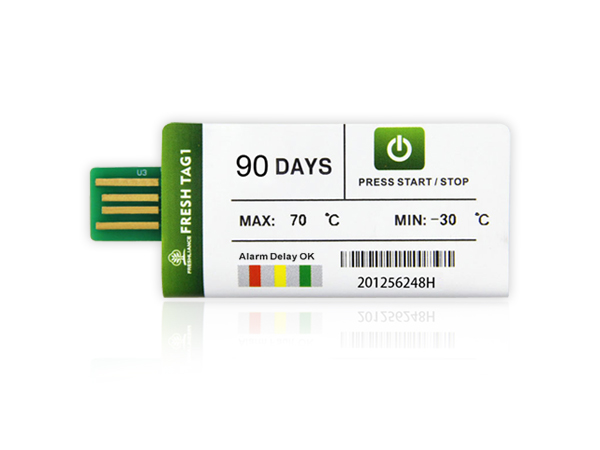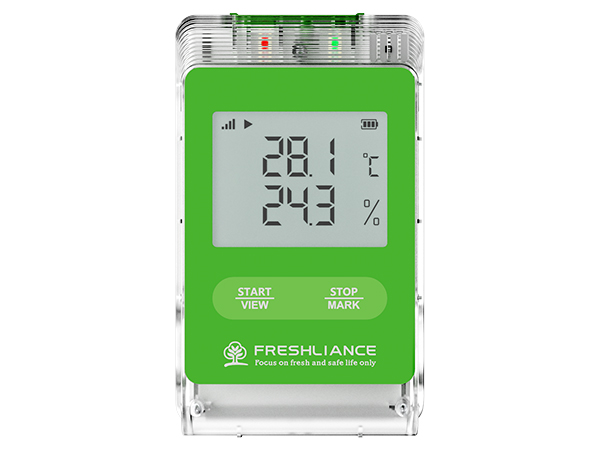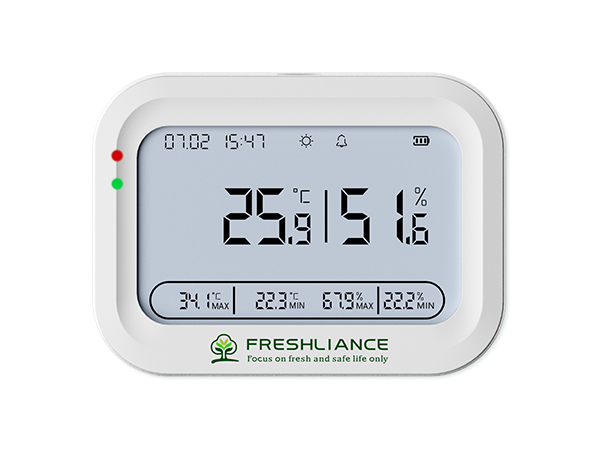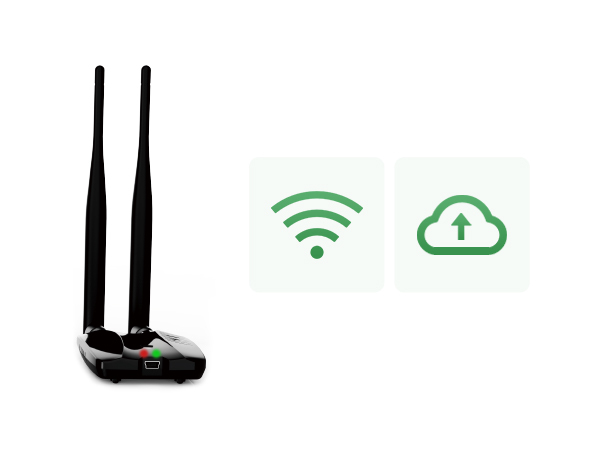Tips on Fresh Abalone Cold Chain Logistics
Freshliance Fresh Tag 1E single use USB temperature data logger can be used for monitoring and recording temperature changes during abalone cold chain logistics.
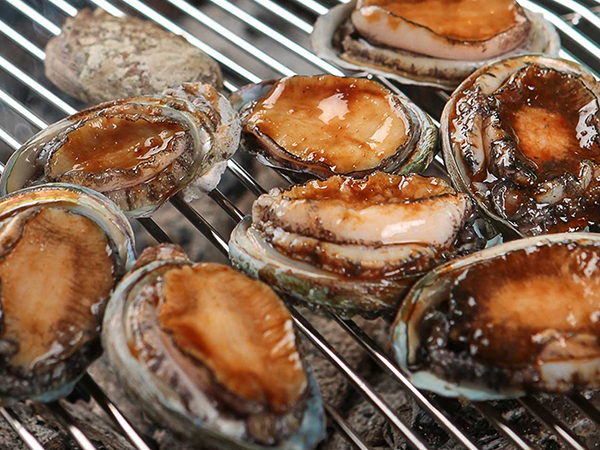
Abalone is a kind of delicious and nutritious seafood. Thanks to the development of cold chain logistics, non-coastal cities can also enjoy fresh abalone. To ensure food safety and freshness, abalone must be subject to strict temperature control during the cold chain process.

The abalone is usually transported by refrigerated ships. The cabin temperature is generally controlled between 8 and 12°C, depending on the species of abalone. However, it is still advisable to lower the original living water temperature by 2 to 3°C and keep the humidity in the cabin above 92%. When the abalone is transported by aircraft, the temperature of large abalone is generally controlled between 8~12℃, and the temperature of small abalone is controlled at 12~16°C. The truck is generally suitable for transportation in large bulk. The water temperature is controlled at around 18°C.
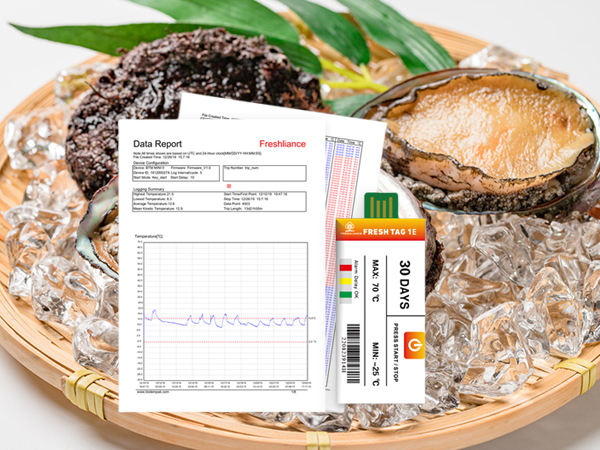
Freshliance Fresh Tag 1E single use usb temperature data logger features high accuracy of ±0.5℃ and a large memory capacity of 129600 readings. This usb temperature data logger can help the practitioners conform to HACCP regulations. Freshliance Fresh Tag 1E single use USB temperature data logger features a compact design to save space during transportation. You can place these temperature data loggers with your abalone cargo in ships and trucks. Moreover, this USB temperature sensor is equipped with red, green and yellow indicators, which can indicate its alarm, ok and fault status. After the trip the completed, you can tear off its plastic bag, and plug it into the computer. The report with graph and table will be automatically generated. This report is the necessary evidence for the product owner and the cold chain carrier if the cold chain performance objection is required.


